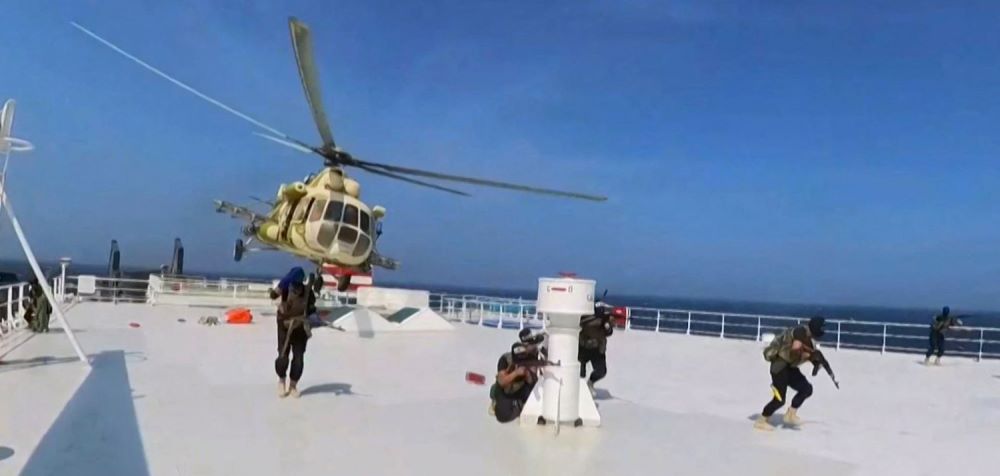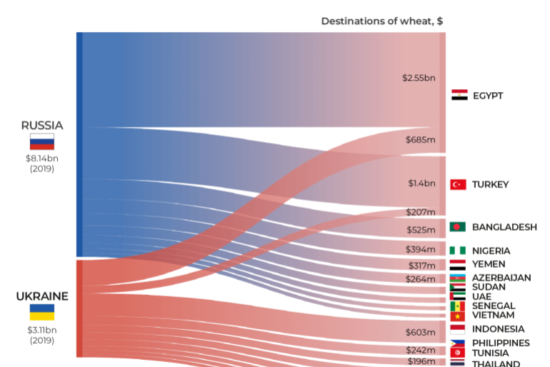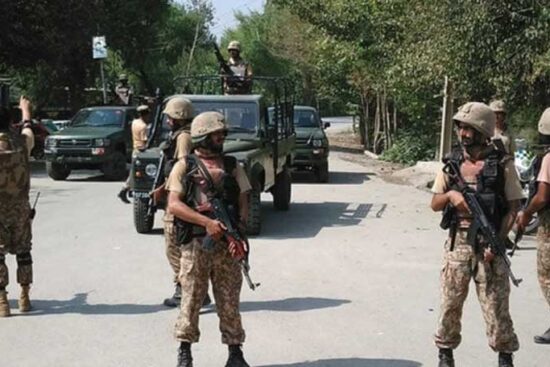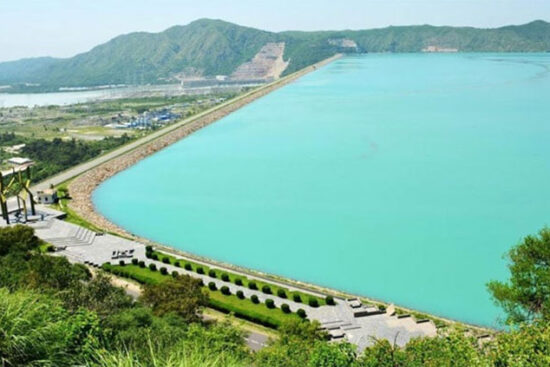
The recent attacks by the Houthis, a rebel group that now controls most parts of Yemen, on commercial vessels in the Red Sea have raised concerns about a new front emerging in the already volatile region. While the motives behind these attacks are multifaceted, understanding the strategic significance of the Red Sea and the broader context of the Yemeni conflict is crucial in assessing the potential ramifications. While the West likes to name Iran for any inconvenience in the Middle East, Houthis have undoubtedly made themselves heard by creating ripples in the Red Sea.
The Houthis, locked in a years-long war with the Saudi-led coalition backing Yemen’s internationally recognized government, view themselves as part of an “axis of resistance” against Israel and its allies. They perceive the attacks on commercial vessels as a means to pressure Israel to end its military campaign in Gaza. Additionally, the Houthis possess anti-ship missiles and drones, giving them a degree of leverage in disrupting maritime traffic through the strategically crucial Bab al-Mandab strait.
The Red Sea, a vital trade route connecting the Mediterranean to the Indian Ocean, sees over 20% of global containerized cargo traffic.
The Bab al-Mandab Strait, the narrow southern gateway to the Red Sea, holds strategic importance as a potential chokepoint for global trade. Traditionally, whoever controls this chokepoint can exert significant influence on global commercial interests. The Houthi attacks have disrupted shipping in the Red Sea. Major shipping companies have rerouted vessels or suspended operations.
The International Maritime Organization estimates that global trade losses could reach $7 billion annually if the disruptions continue. The US-led counter operation, Prosperity Guardian, has faced limitations in deterring the Houthi attacks. France, Italy, and Spain withdrawing from OPG may be a sign of growing unease with the coalition in a world where commercial interests are overlapping and complicated.
The international community’s response to the Red Sea crisis has been divided.
This erosion of collective support raises questions about the legitimacy of the military intervention and its effectiveness in addressing the underlying causes of the crisis.
In conclusion, the recent attacks in the Red Sea are not merely isolated incidents but manifestations of deeper regional tensions and the complex geopolitical dynamics of the Middle East. While the immediate focus is on safeguarding maritime security and mitigating economic losses, the long-term solution lies in addressing the underlying causes of the conflict and pursuing a comprehensive diplomatic solution that prioritizes peace and stability across the region. Diplomatic efforts and de-escalating tensions are essential to prevent the Red Sea from becoming another volatile front, threatening war.

















Leave a Reply